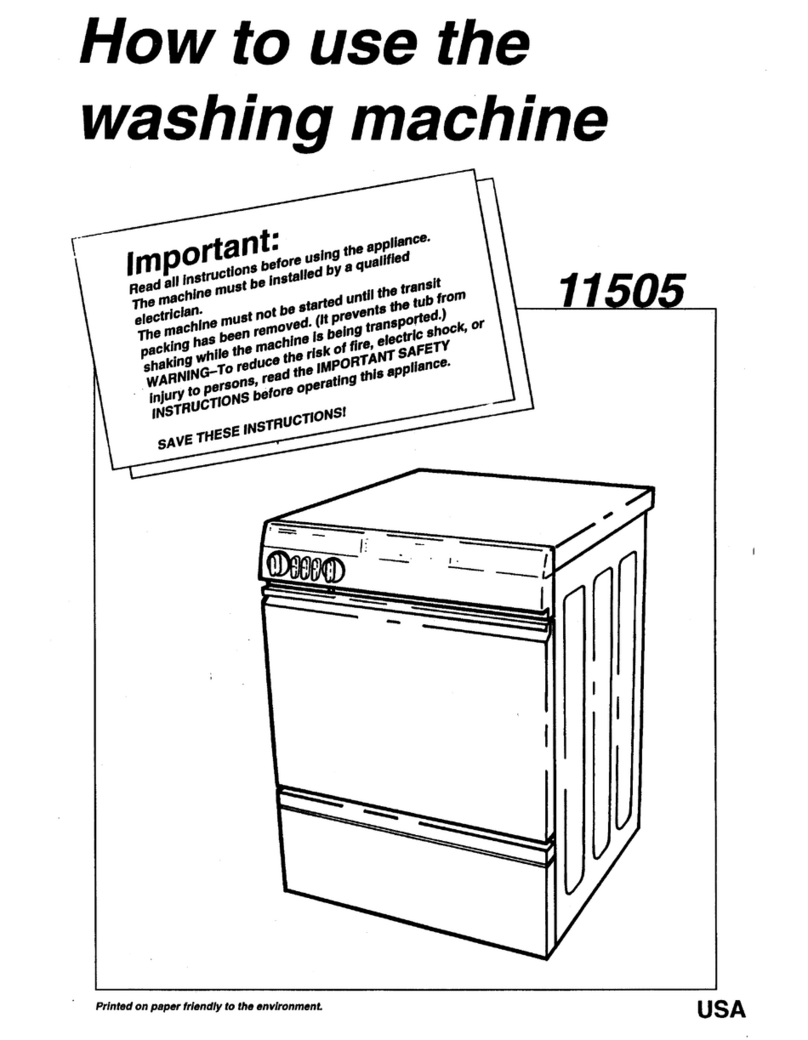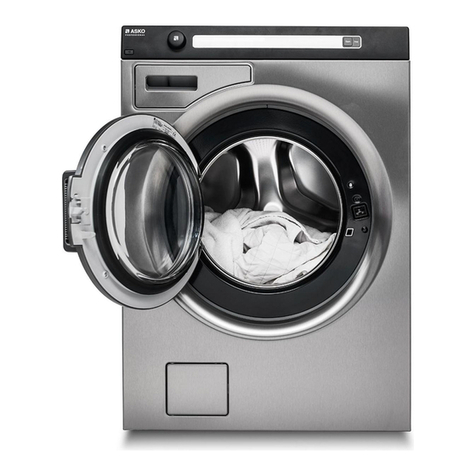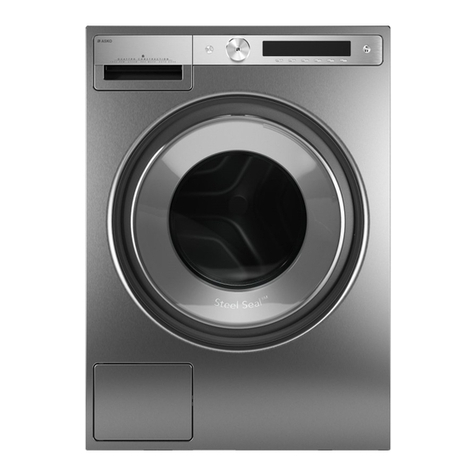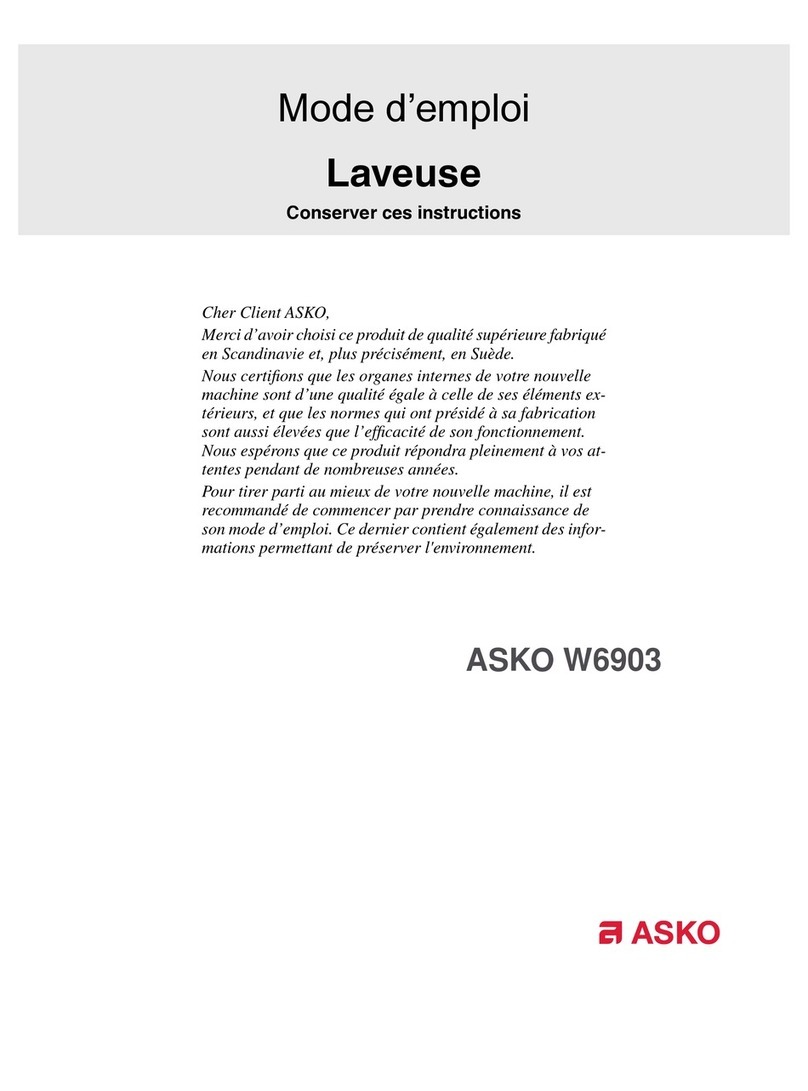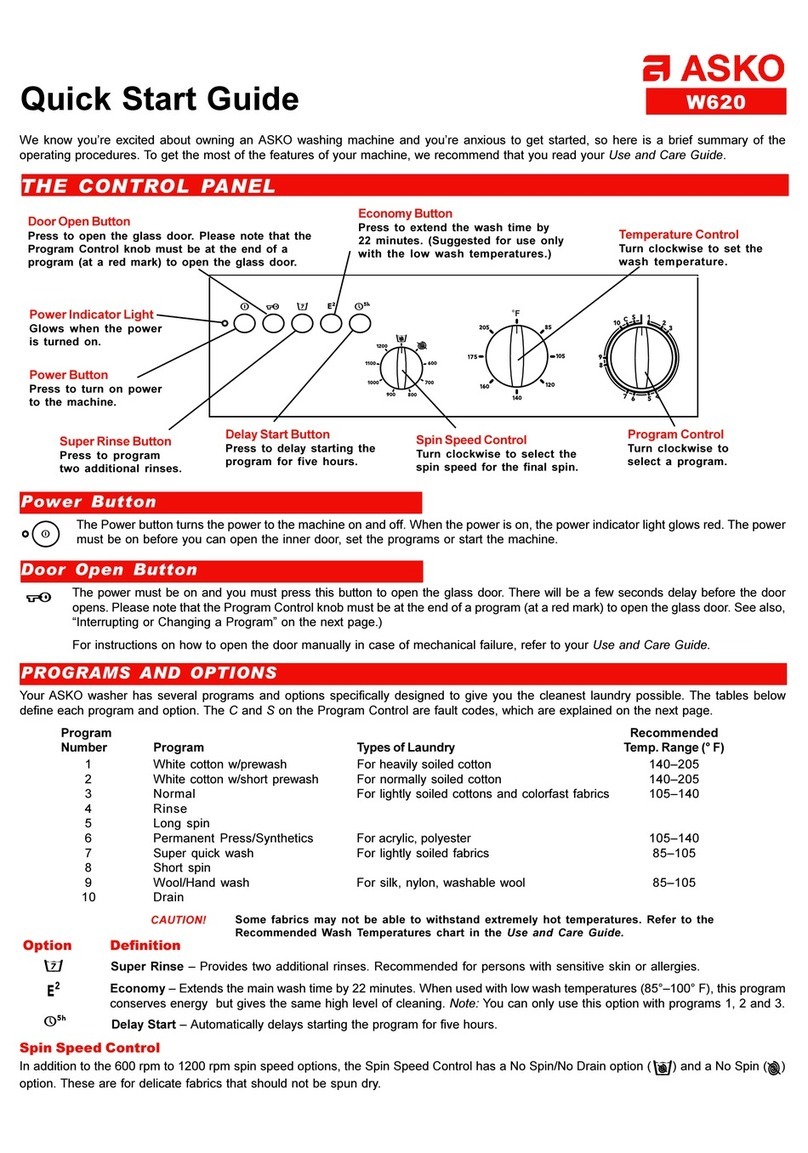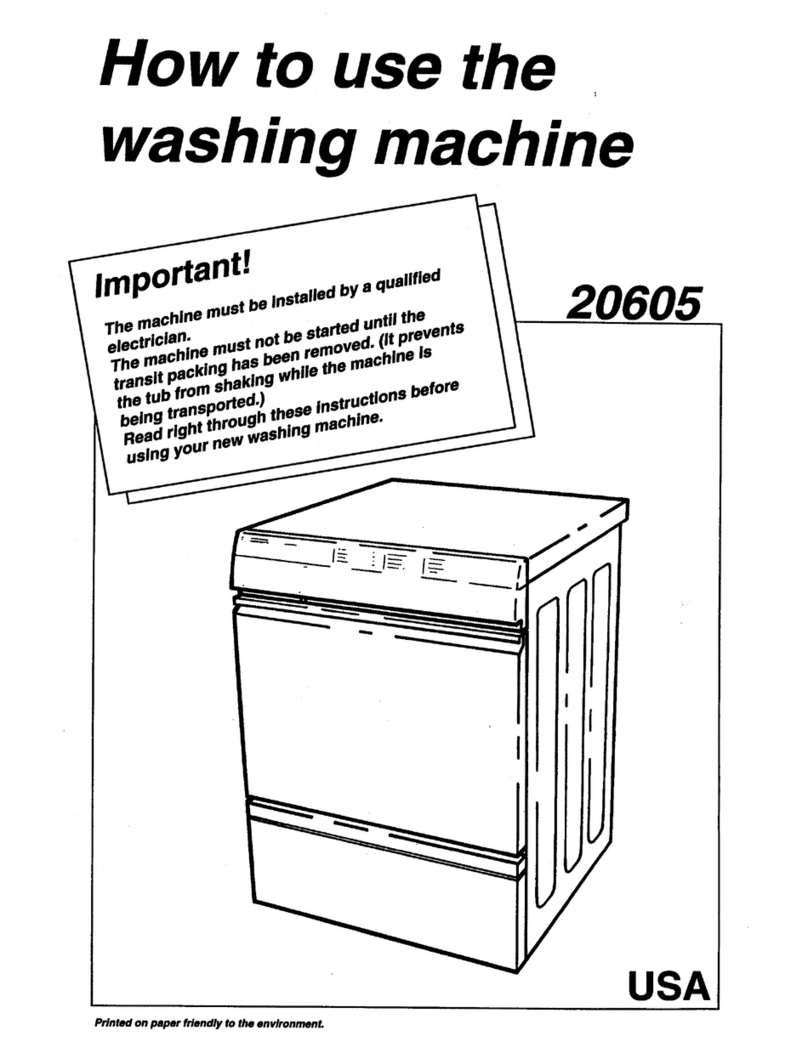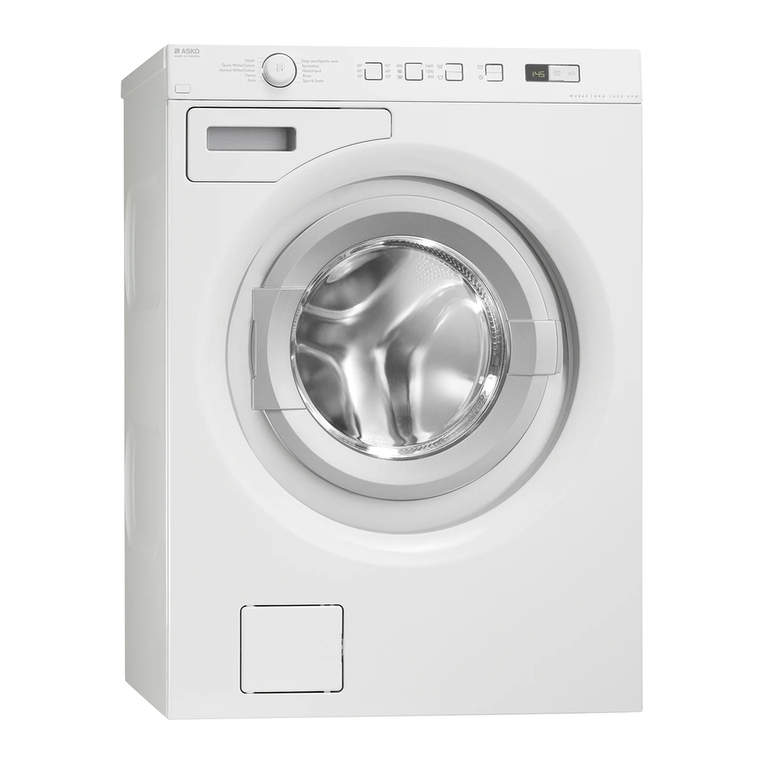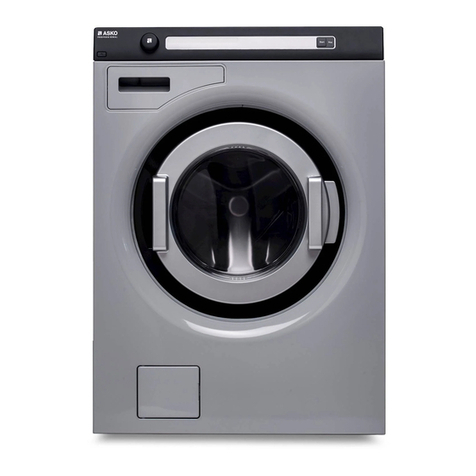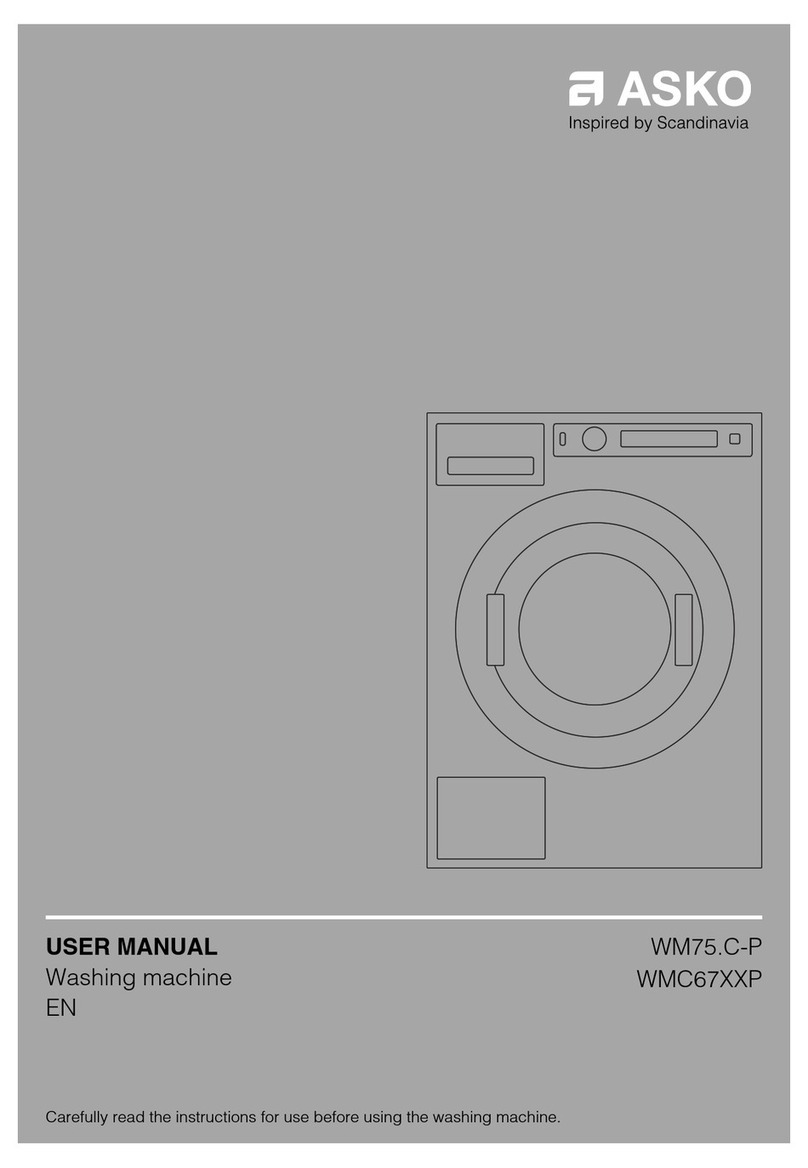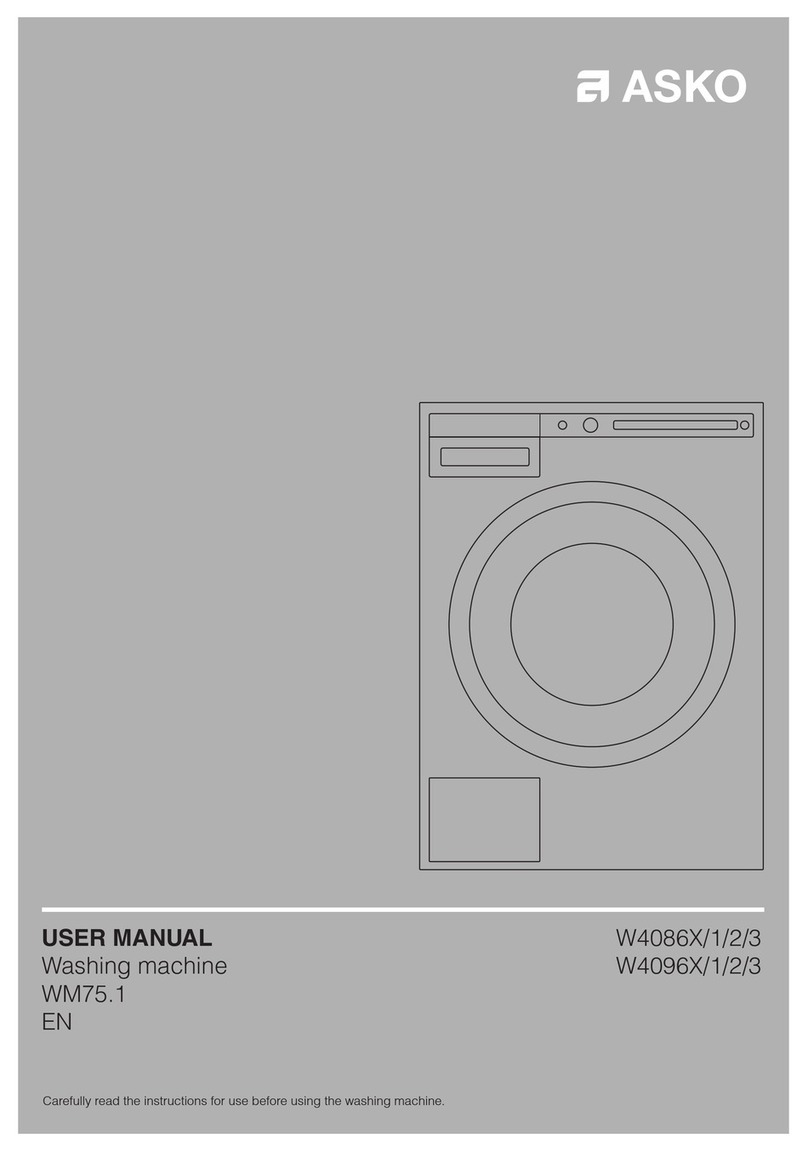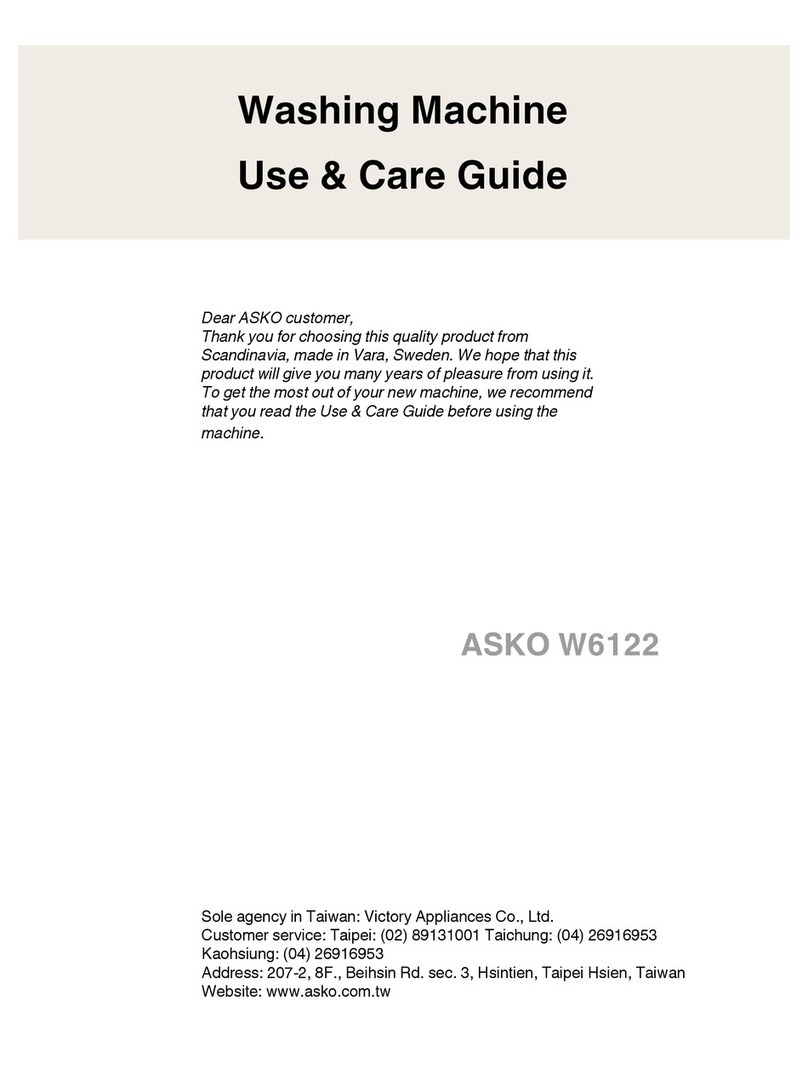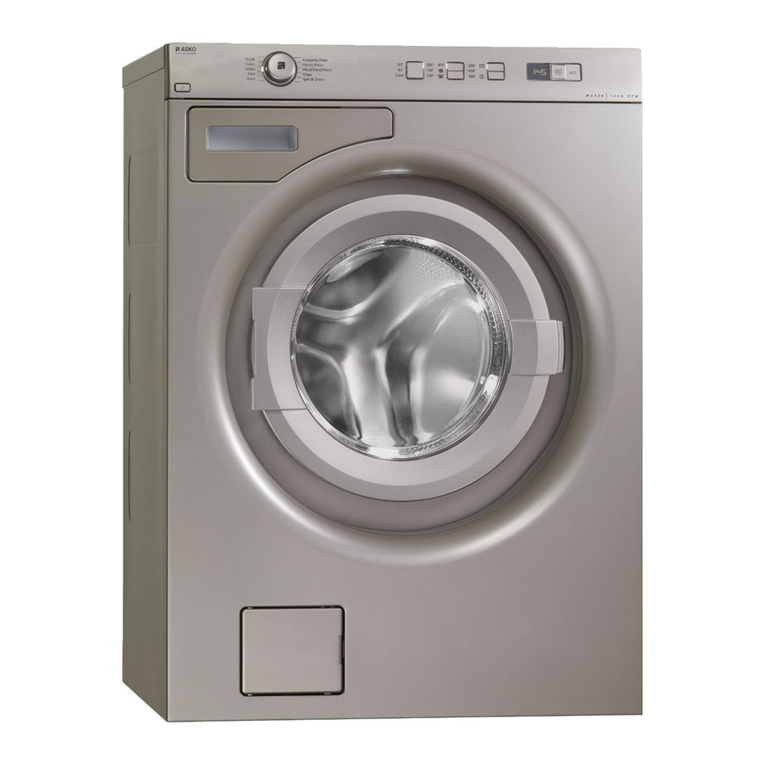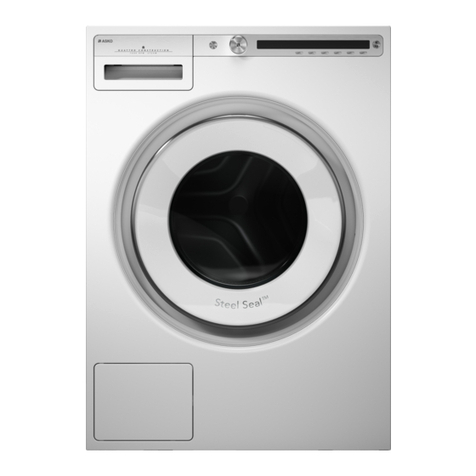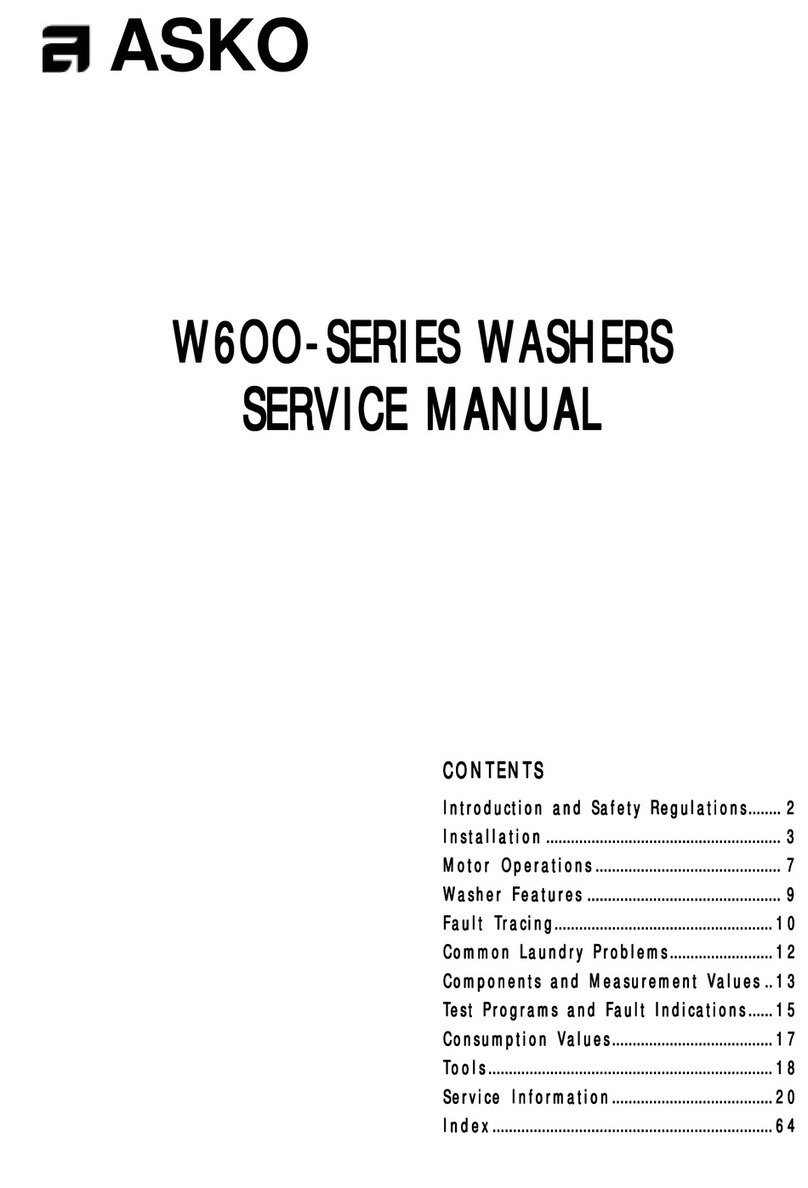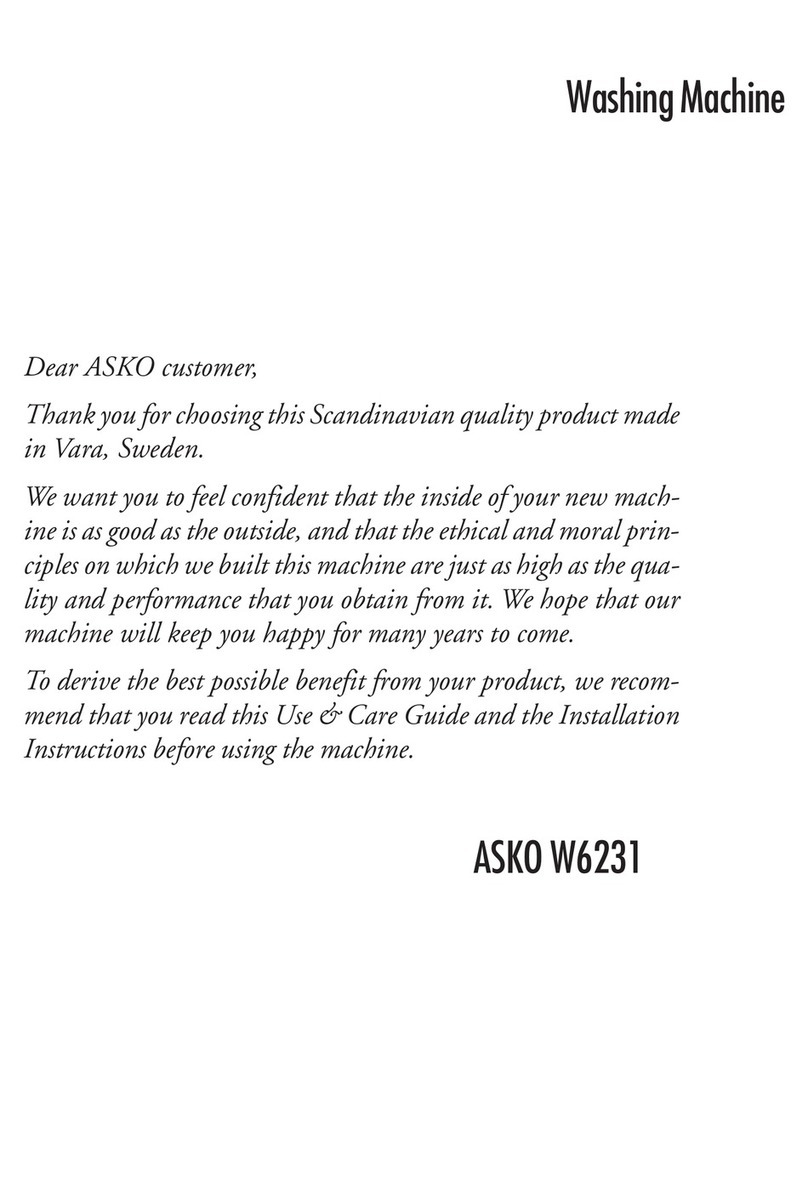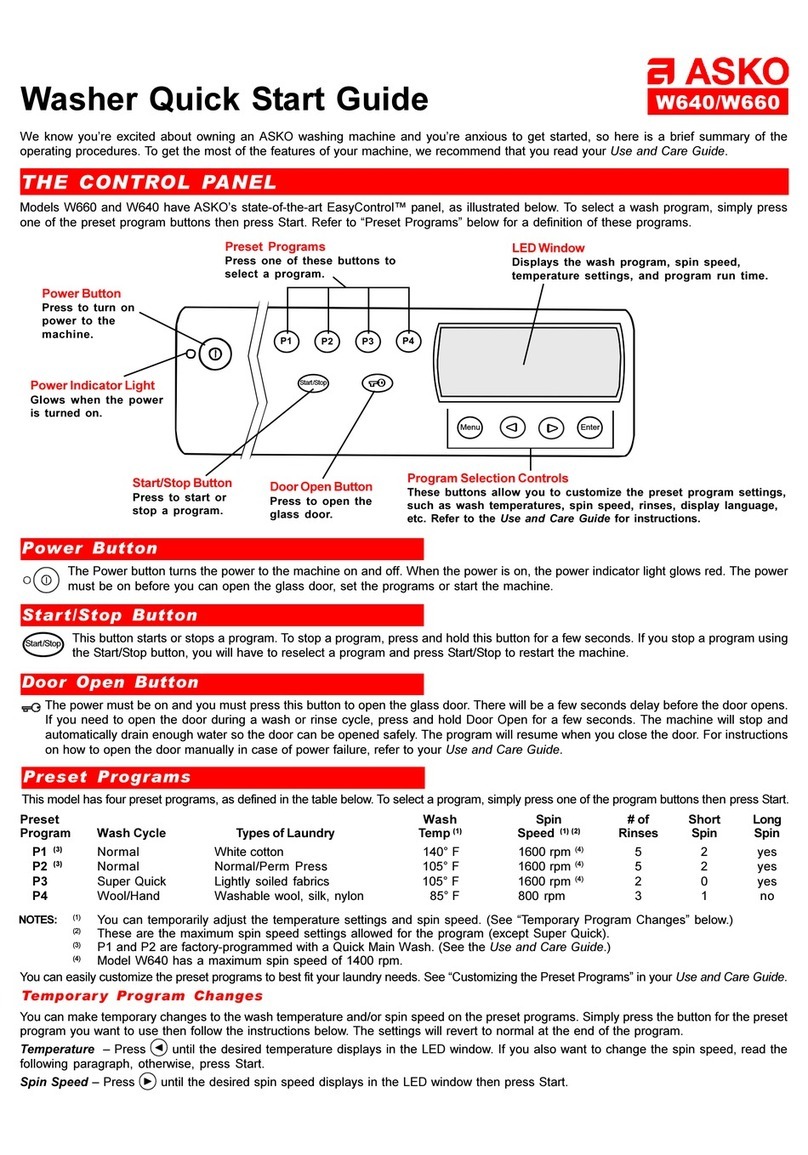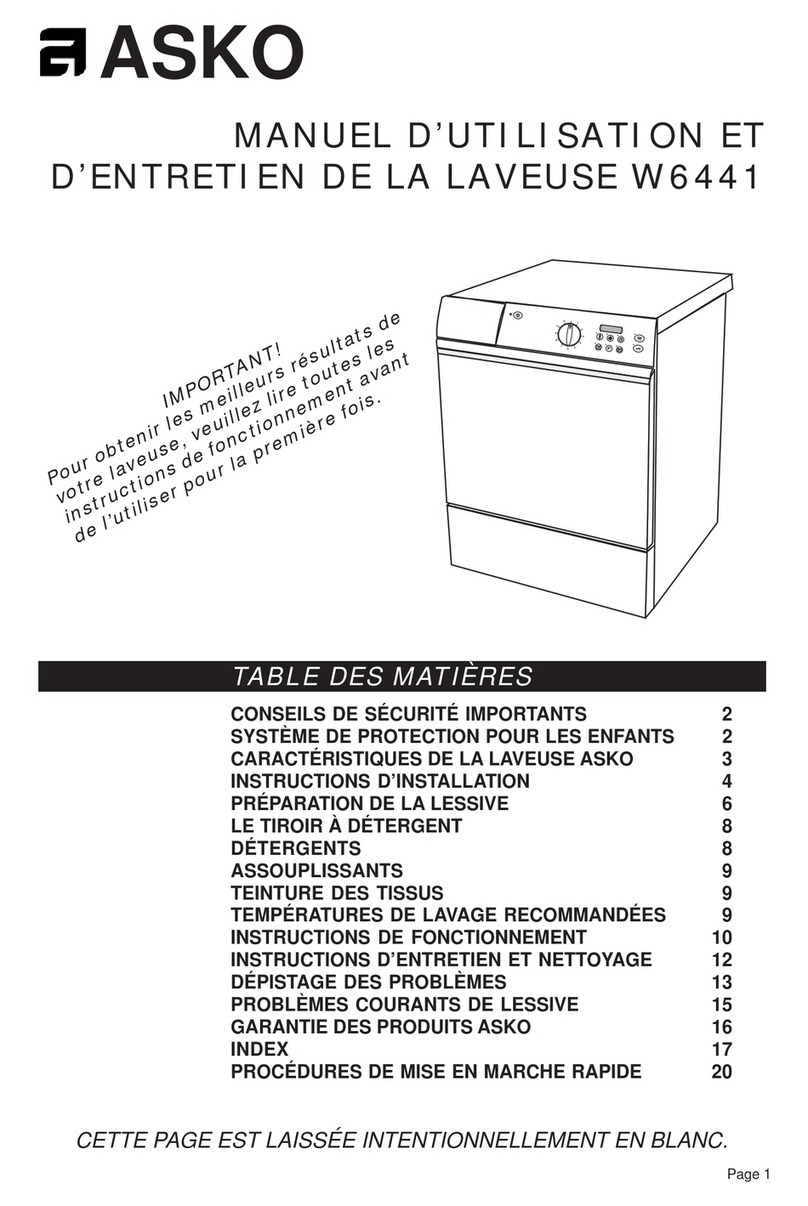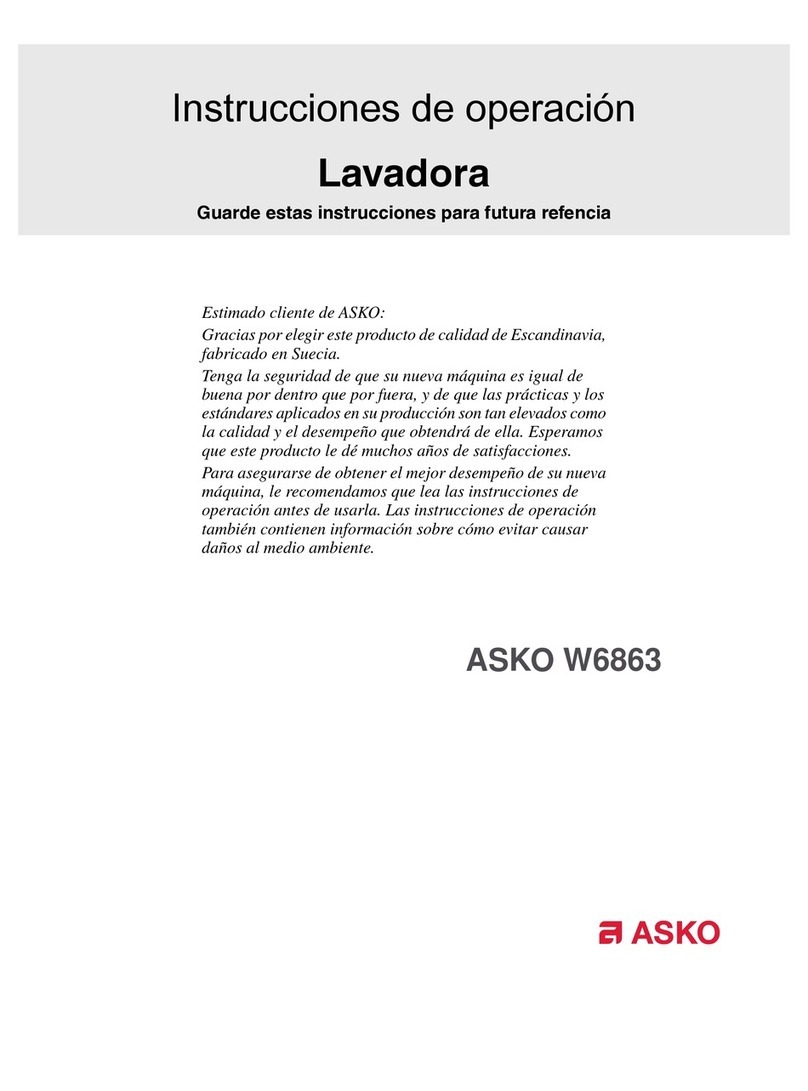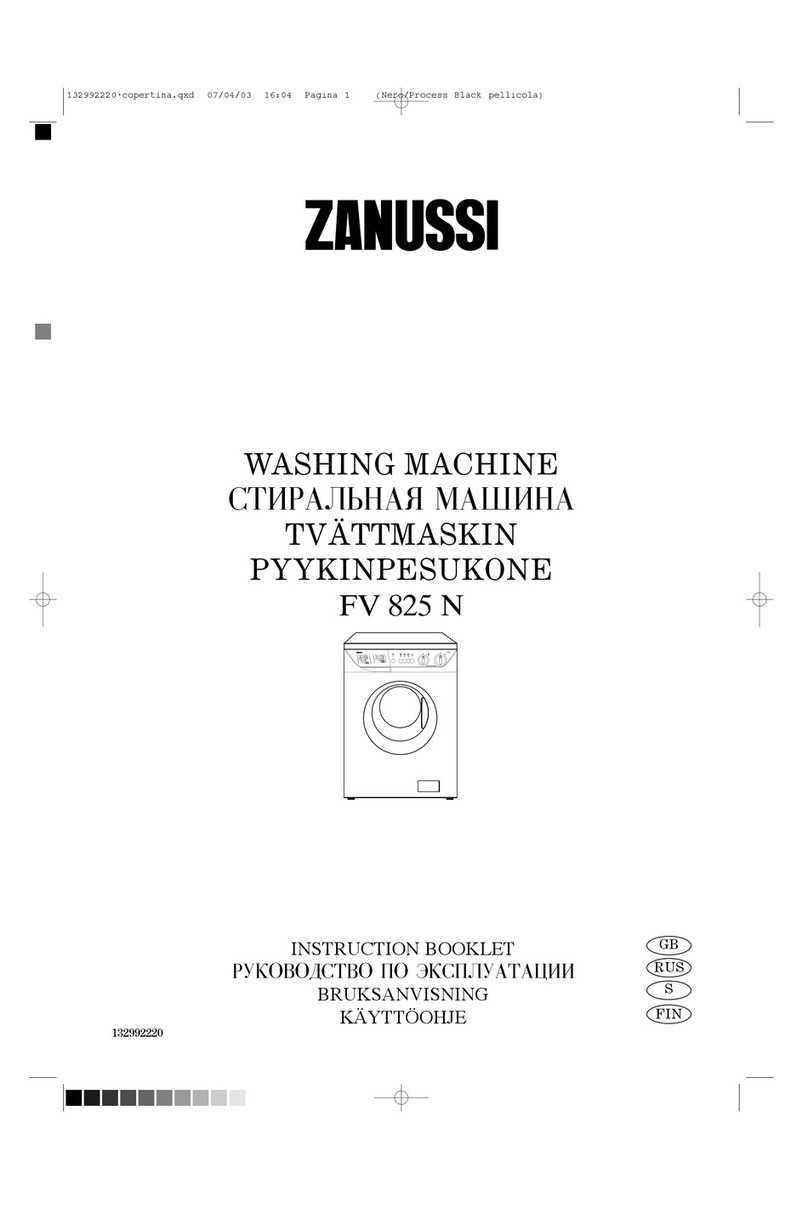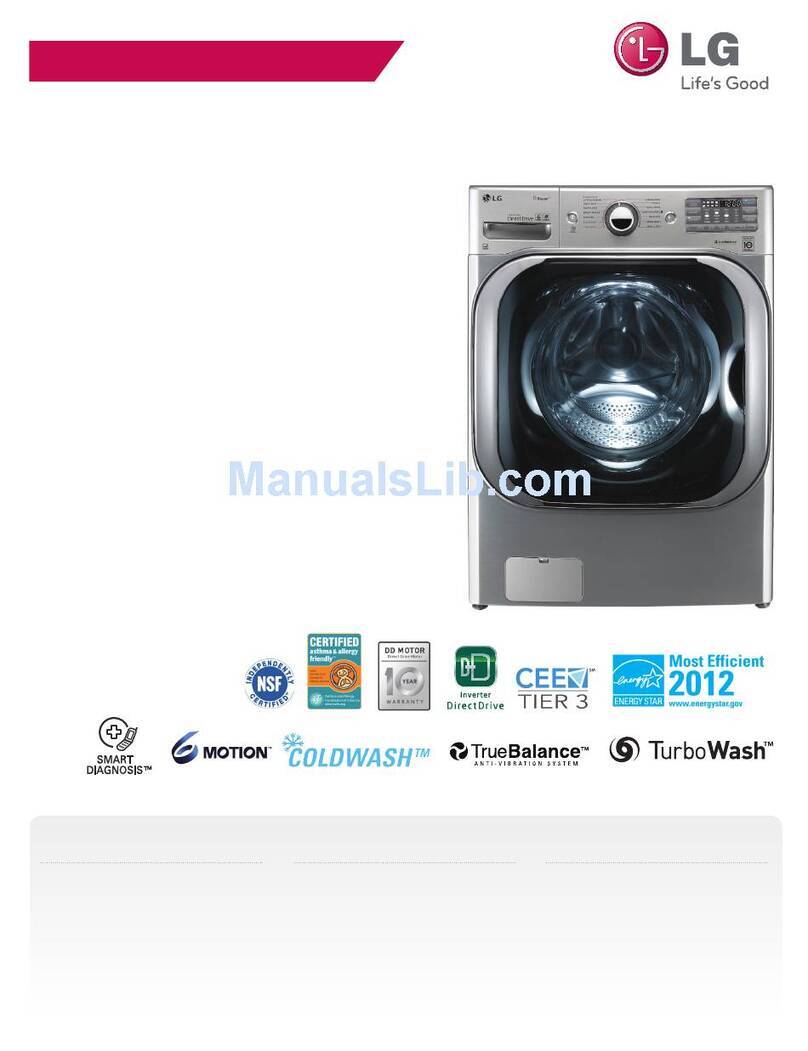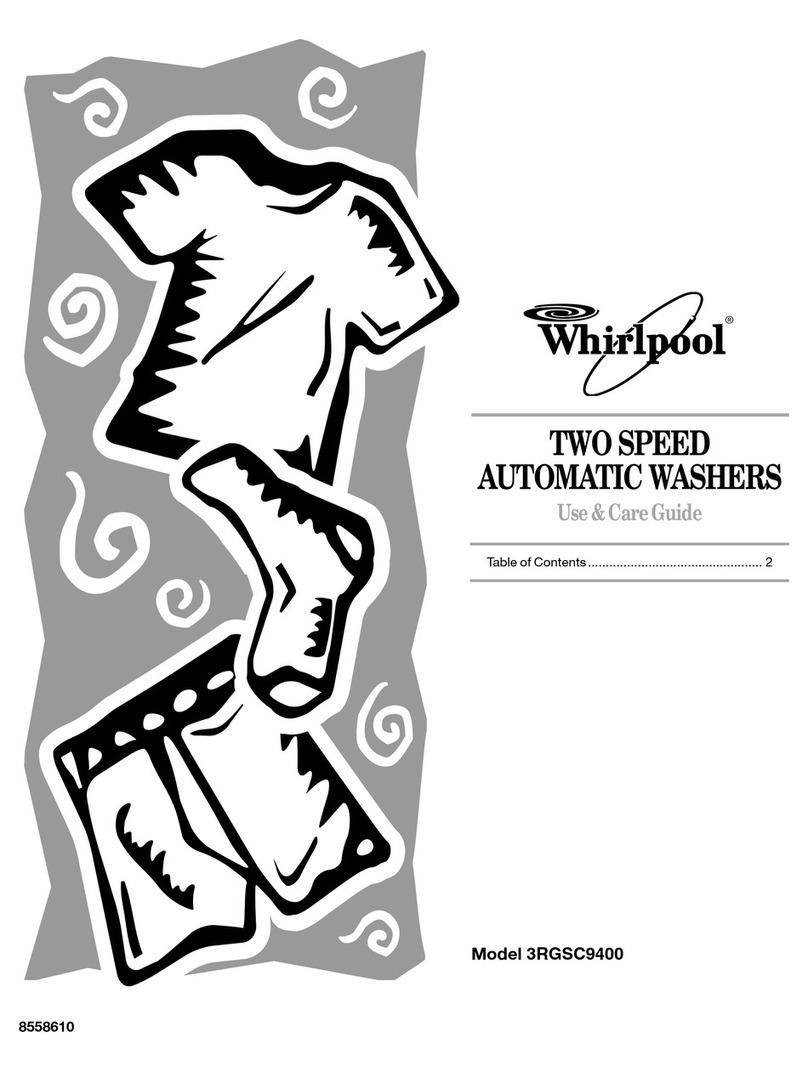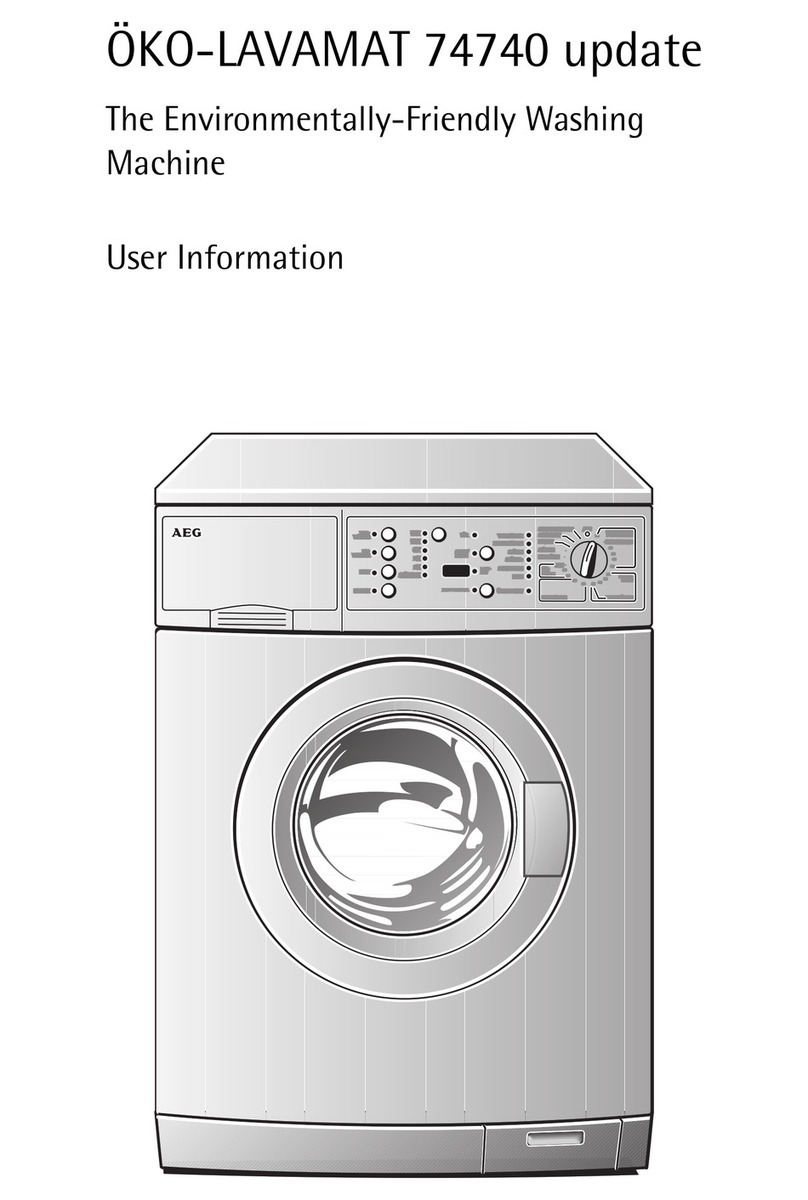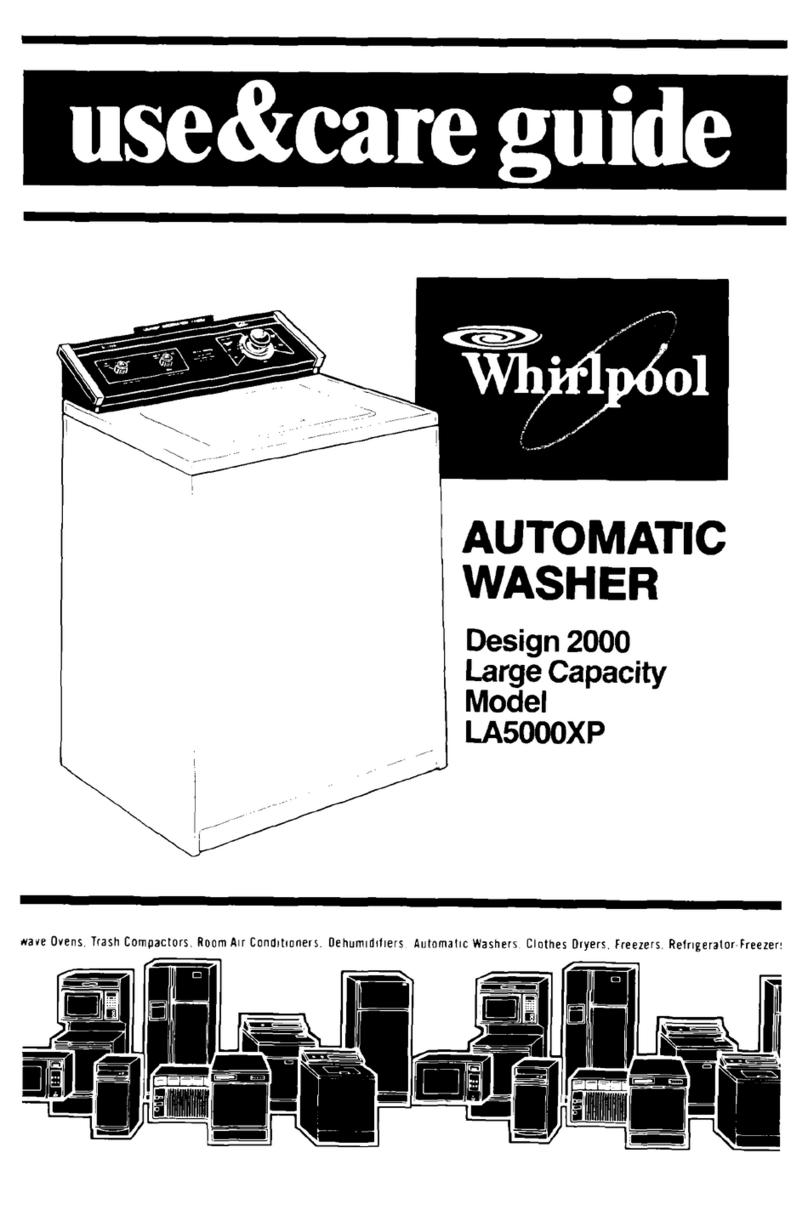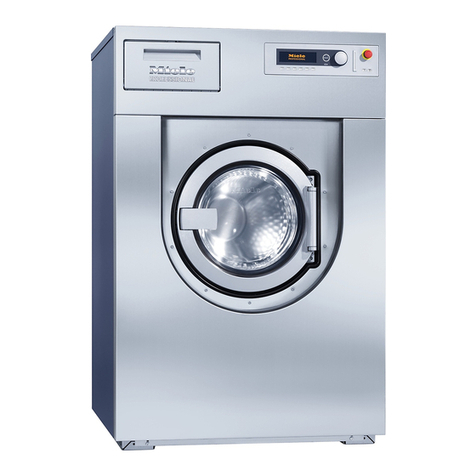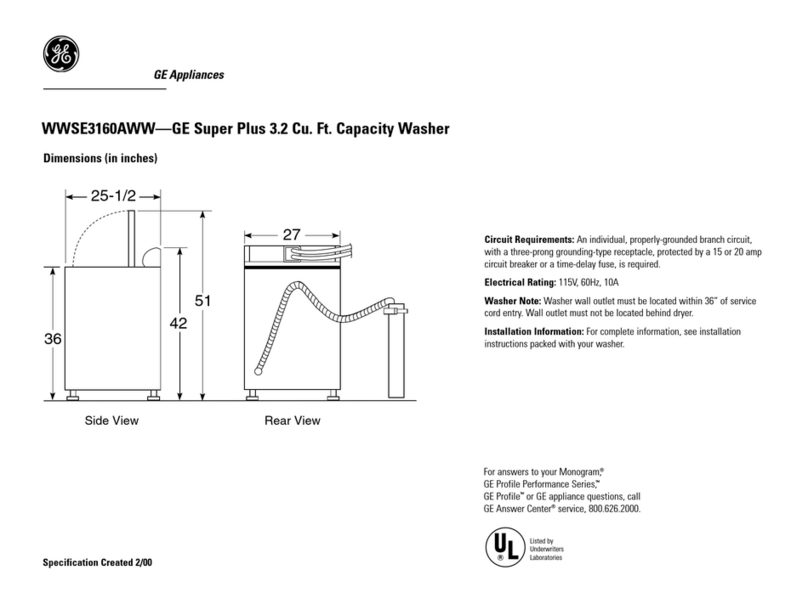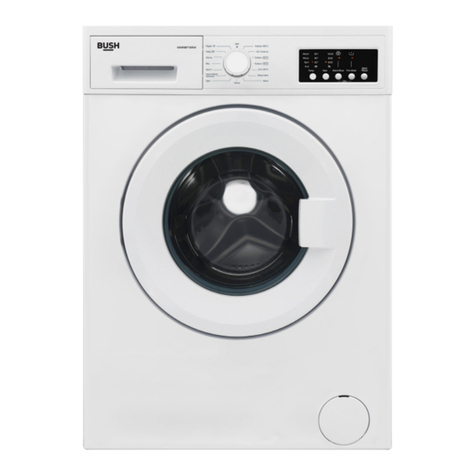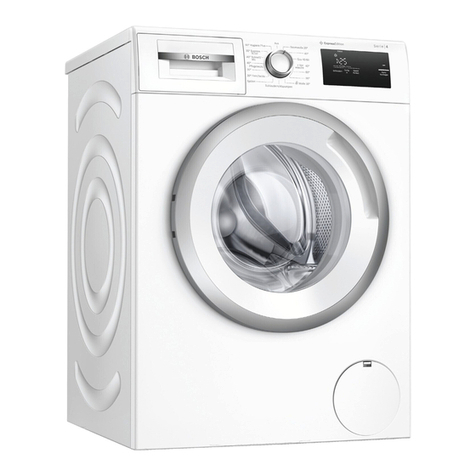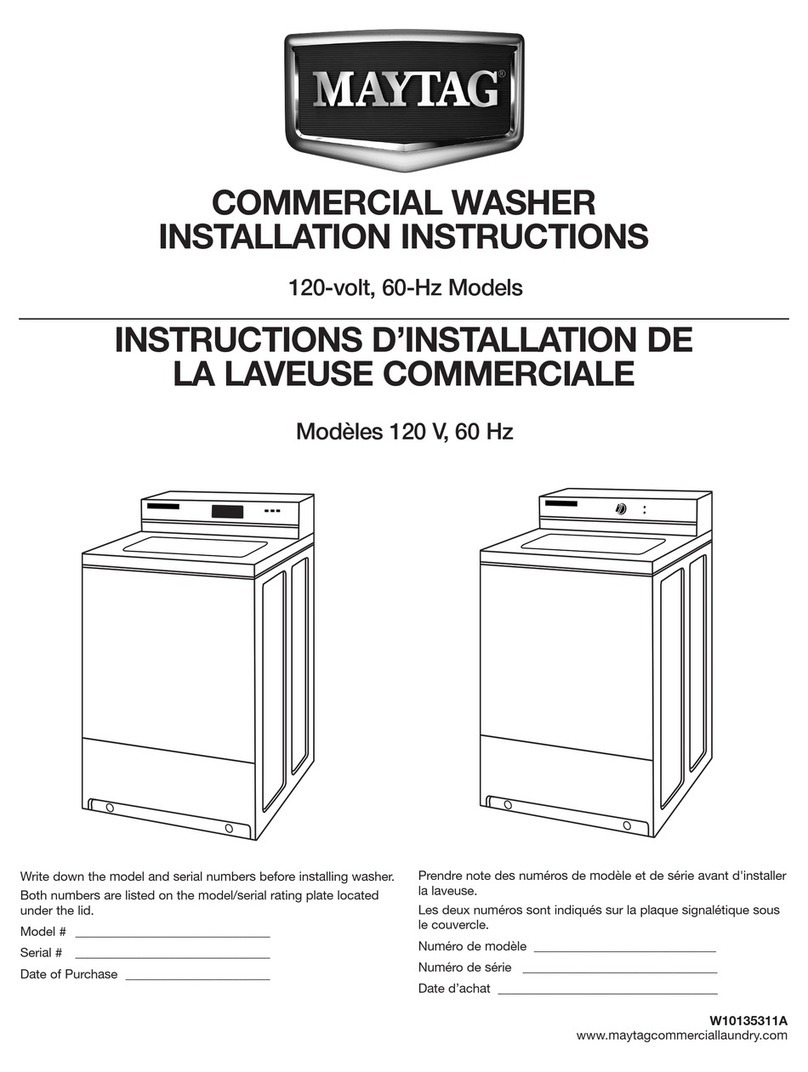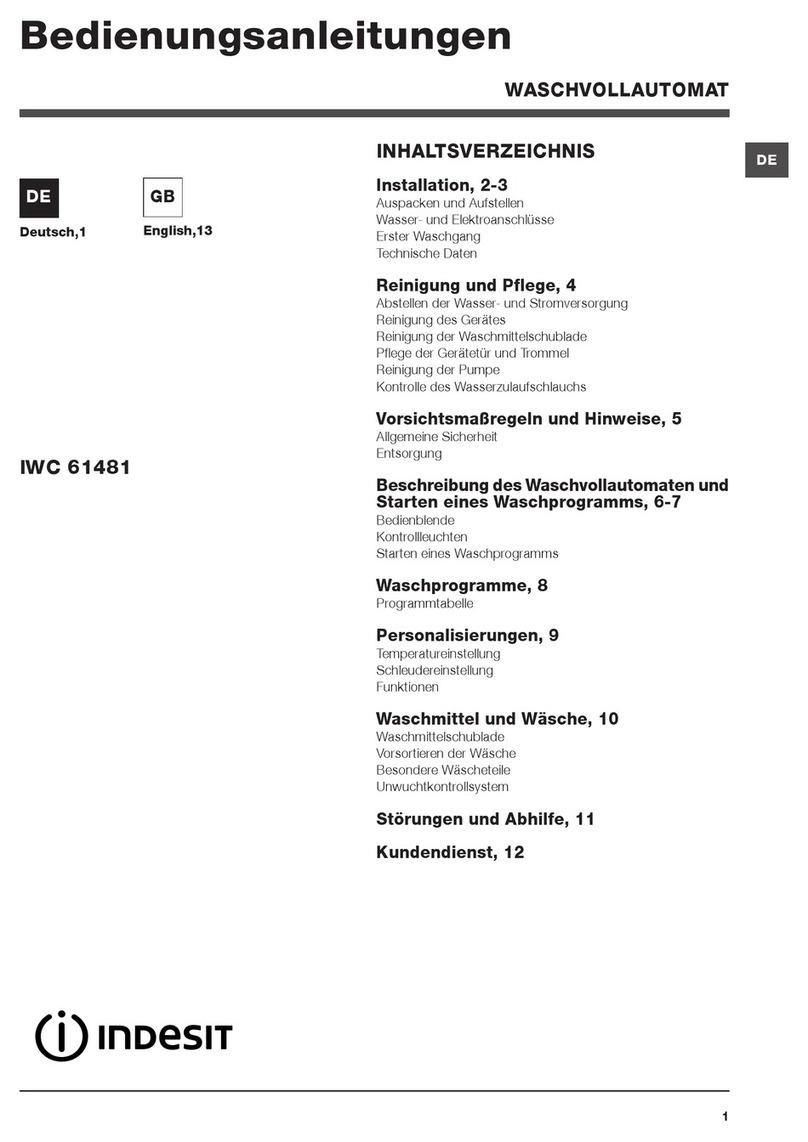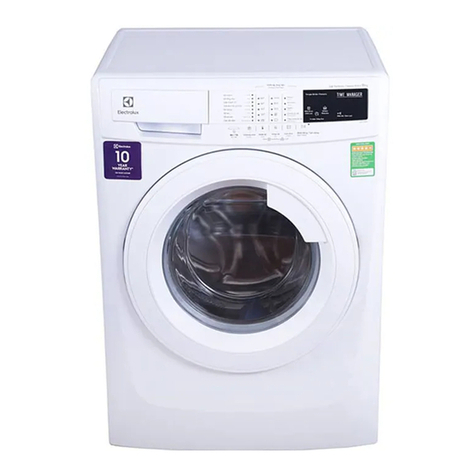8
USING YOUR WASHING MACHINE
6. Quick
Fast program for laundry that just needs freshening up.
The program can be run at any temperature, so follow
the washing instructions for each garment. The lower
the selected temperature, the shorter the program time.
Garments worn next to the skin ought to be washed at 60
°C.The spin speed can be selected freely.
7. Easy Care
Programme for synthetic, mixed bre and easy care
cotton. The programme has a High water level and as
such is also suitable for cushions, quilted jackets and
the like. Read the washing instructions carefully and
remember, for example, that fabric softener must not be
used with the membranes found in some outer garments.
A washing temperature up to 60 °C and a spin speed up
to 1200 rpm can be selected.
8. Synthetics
Programme for delicate garments made of synthetic bre,
mixed bre, rayon and easy care cotton. The maximum
temperature is 60 °C, but follow the washing instructions
for each garment. Many synthetics will become clean
at 40 °C. Garments worn next to the skin ought to be
washed at 60 °C. The maximum spin speed is 600 rpm.
9. Wool/hand wash
A gentle laundry programme for wool, silk, and garments
that should be washed by hand. The highest temperature
is 30 °C.The programme has a short spin. The maximum
spin speed is 600 rpm.
10. Rinse
This program performs one cold rinse cycle + spin.
Suitable for laundry that just needs to be dampened and
for cleaning cloths and mops.
11. Spin
Used to just spin the wash.
12. Drain
Used when you only want to drain the water from the
machine.
2.Time program
This program adjusts itself to the specied time frame
or nish time. When using this program, it is however
important to select a temperature and time suited to how
soiled the laundry is. The spin speed can be selected
freely.
Specify the desired programme time by pressing + or - on
the Time button. The symbol for the programme lights
beside the selected time.You can choose a programme
time between 30 minutes and 3 hours. If you choose
a 30-minute programme time the maximum wash
temperature will be 30 °C
3. Heavy
Programme for heavily soiled laundry, with dirt that needs
to be fully dissolved before the main wash. A pre-wash is
used to do this.The machine adapts the programme time
and water consumption to the load size.
4. Normal
Program for normal to heavily soiled laundry, whites and
colours.You can select the temperature freely, so follow
the washing instructions for each garment. 60 °C is a
good temperature for heavily soiled cotton garments, as
well as for garments worn next to the skin. Select 40 °C if
the laundry is less soiled. The spin speed can be selected
freely. The machine adapts the program time and water
consumption to the load size.
5. Everyday wash
A standard programme for lightly to moderately soiled
laundry. The temperature can be selected freely, so follow
the washing instructions for each garment. Garments
worn next to the skin ought to be washed at 60 °C. Very
lightly soiled laundry generally gets clean already at 40
°C.The spin speed can be selected freely.
